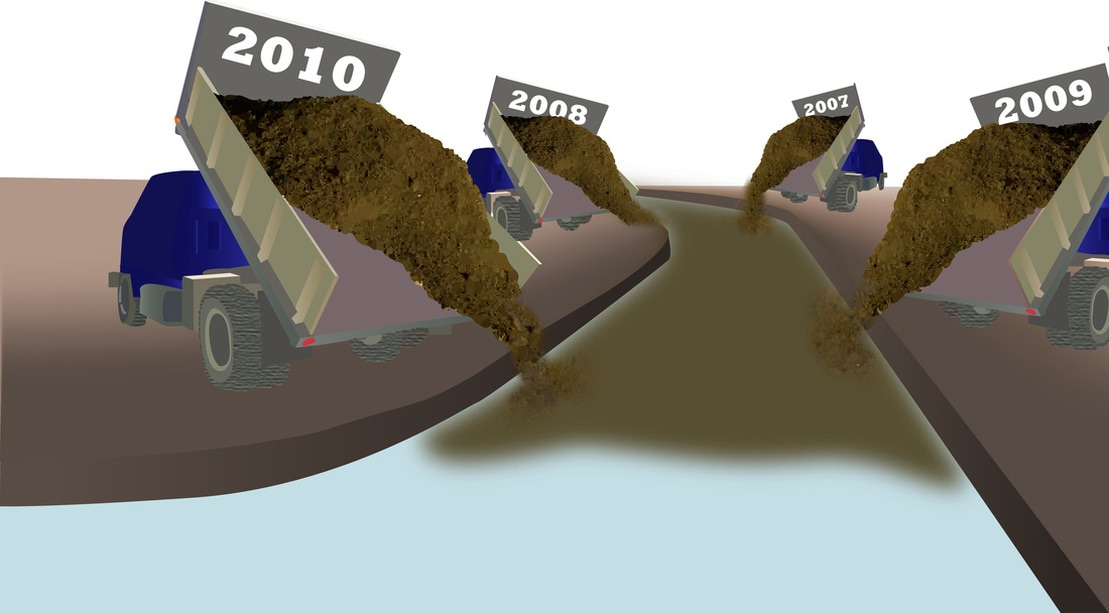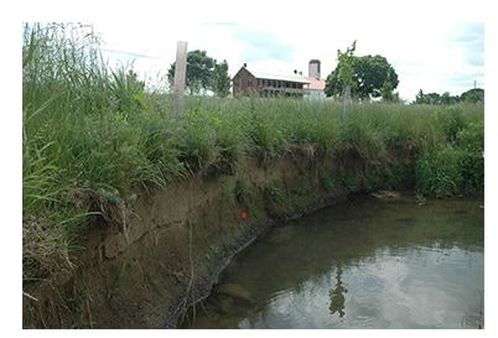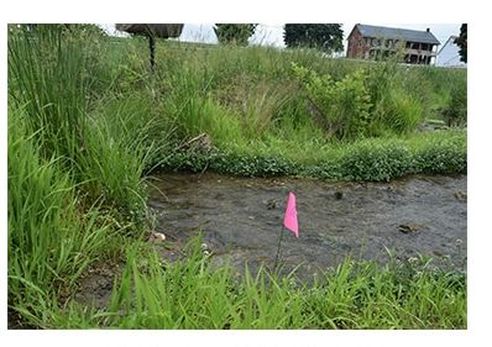We estimate from gage data and repeat RTK GPS surveying that not only is bank erosion no longer a source of sediment, hence explaining the reduction from 218 to 109 tons of sediment leaving the restoration area per year, but also 15 tons of fine sediment was stored within the restoration reach the first year after restoration began
The shift in vegetation characteristics between pre and post restoration time periods was from a plant community dominated by facultative upland, non-native species to a plant community dominated by obligate/facultative wetland, primarily native wetland plants
pre restoration - june 2007Poa pratensis (Kentucky bluegrass)
Festuca elatior (common fescue) Dactylus glomerata (orchard grass) |
post restoration - june 2014Nasturtium officinale (water cress)
Schoenoplectus tabernaemontana (bulrush) Phalaris arundinaria (reed canary grass) |




